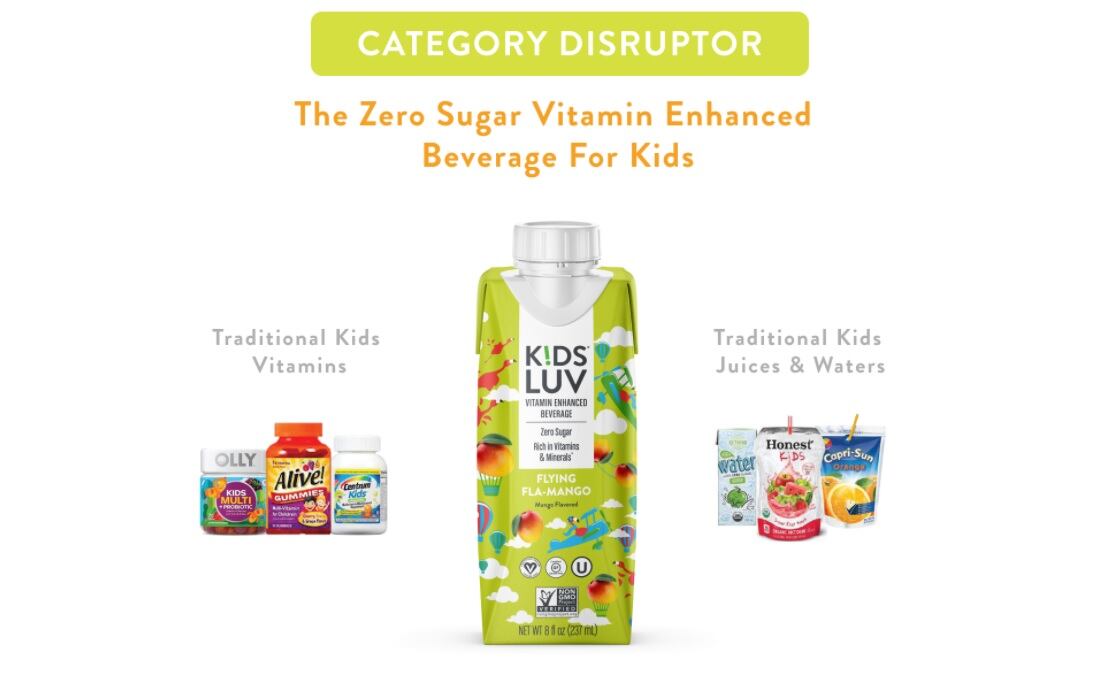David Behringer explains in this episode of FoodNavigator-USA’s Investing in the Future of Food that each year thousands of innovative ideas and hundreds of billions of dollars invested in their initial development fail to cross safely through the dreaded “Valley of Death” – or the space between ideation and commercialization – because companies either burn through capital on excessive tests or they become paralyzed with fear of failure.
To help companies find the happy medium between these two extremes so they can successfully commercialize a product, Behringer encourages companies to undergo what Pilot Lite calls venture validation, which he explains includes small scale market testing, iteration and the creation of a realistic business plan for scaling.
A multi-billion dollar problem
According to research by Price Waterhouse Cooper, roughly $700 billion is invested in innovation every year – a figure that Behringer notes has been growing about 5% annually for the past 15 years. At the same time, patents – a measure of novel developments – also are rising 5% annually.
But revenues from those innovations are not rising, and in fact, Behringer says that companies investing heavily in innovation are losing $140 to $250 billion into this Valley of Death every year, which when compounded over five years reaches upwards of $2 trillion. Which Behringer notes is enough to raise each companies’ stock price between 3% and 5%.
With so much money on the line, identifying why innovations fall into the valley of death is pivotal to ultimately bridging the gap. The main culprits, according to Behringer, are handing off a great idea from R&D to the business unit without any market validation or a basic framework for a business plan, or on the other end of the spectrum, requiring massive, expensive quantitative marketplace testing that threatens to break the bank on an idea that might not turn a profit.
He explains that when the R&D hand off an idea to the business unit without an inkling of how it will perform in the marketplace puts the business development unit a losing position because it must either invest heavily in an idea that will likely not generate returns the same year – or ever. And in most cases, this eats into the take home pay of the business unit – not just the returns for the company.
On the flip side, the business unit requiring massive marketplace testing of a novel idea or product is too expensive to do repeatedly – effectively raising the bar too high for new product development.
Venture validation eases ‘tough handoff’
To help companies with this “tough handoff,” Behringer said Pilot Lite helps organizations manage venture validation – “which is really building a business plan and a path to market that tells you exactly how you’re going to do something,” and answers questions such as whether an idea will be pursued by the main company, spun off as a startup or different brand and outlines how to test the idea in the market in a manageable fashion.
On this last point, Behringer notes that companies don’t need to test a product in hundreds of stores for a scientifically valid, quantitative results. Rather, Behringer says, they simple need to test it in 10 stores, but in a way where they really engage with consumers – ask them what they like and don’t like and why and then ultimately track if they are willing to spend money and actually buy the innovation.
Based on this small sample data, Behringer said that companies can extrapolate a more realistic idea of adoption and make a realistic scaling plan that won’t take excessive funds – and in doing so increases the chance that the business unit will move forward with an idea with a plan that actually will carry it over the valley of death.



